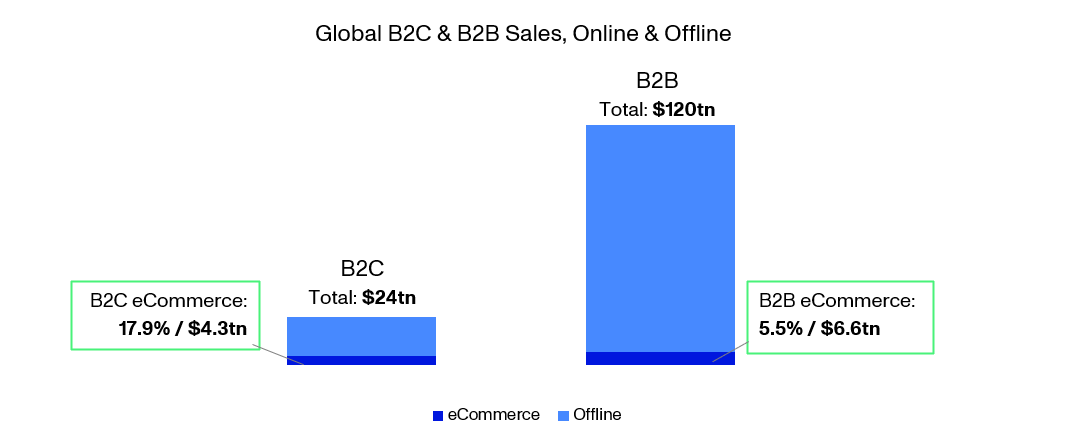The Evolution of B2B E-commerce: Meeting Millennials' Expectations While Adapting Supply Chains
In recent years, the landscape of business-to-business (B2B) e-commerce has undergone a significant transformation. With technological advancements and shifting demographics, millennials have started to play a prominent role in decision-making within companies. As they ascend to leadership positions, their expectations for B2B buying experiences mirror those of their personal shopping encounters. This evolving dynamic presents opportunities and challenges for B2B e-commerce, ultimately requiring a reinvention of supply chains to adapt to these changing demands.
The Rise of B2B E-commerce
B2B e-commerce has come a long way since its inception. Initially, it focused primarily on facilitating transactions between businesses through digital platforms. However, as the digital age progressed, so did the complexity and capabilities of B2B e-commerce. According to a report by GlobeNewswire (2022), the B2B e-commerce market is expected to reach a staggering US $18.57 trillion by 2026, with a compound annual growth rate (CAGR) of 18.70%. Currently, the B2B market is 5x the size of the B2C market.

Source: Statista - B2B e-Commerce - In-depth Market Insights & Data Analysis
Millennials Taking the Reins
As the millennial generation assumes leadership roles in companies, their preferences and expectations are reshaping B2B purchasing. Unlike their predecessors, millennials are digital natives who value convenience, transparency, and efficiency in their buying experiences. They are accustomed to seamless online transactions in their personal lives, from shopping for clothing to ordering food delivery, and they expect nothing less in their professional roles.
"The growing influence of millennials in B2B decision-making is undeniable. Their tech-savviness and preference for online interactions are driving a shift in how B2B transactions are conducted."
Seamless Buying Experiences
One of the key takeaways from the evolution of B2B e-commerce is that millennials are pushing for seamless buying experiences. They want user-friendly interfaces, personalized recommendations, and real-time inventory visibility. In essence, they desire the same level of convenience and simplicity that they enjoy when shopping for personal items on platforms like Amazon.
To cater to these preferences, B2B e-commerce platforms are investing heavily in user experience design, implementing AI-powered recommendation engines, and providing self-service tools that enable buyers to make informed decisions without extensive back-and-forth with sales representatives.
Reinventing Supply Chains
To meet the demands of millennial buyers, B2B companies must also reinvent their supply chains. Traditionally, B2B supply chains have been optimized for bulk shipments, long lead times, and manual processes. However, to deliver the seamless experience millennials expect, supply chains must become more agile, responsive, and digitally integrated.
This shift involves adopting technologies like IoT (Internet of Things) for real-time tracking of inventory and predictive maintenance, embracing automation to streamline processes, and leveraging data analytics to optimize inventory levels and demand forecasting. Companies that fail to adapt risk losing market share to competitors who can provide faster, more efficient service.
The evolution of B2B e-commerce is driven by the growing influence of millennials in decision-making roles within companies. Their preference for seamless buying experiences mirrors their personal shopping expectations. As the B2B e-commerce market continues to expand, companies must invest in user-friendly platforms and reinvent their supply chains to meet the demands of this new generation of buyers.
The future of B2B e-commerce is already progressing at an alarming fast rate and requires a strategic approach to technology adoption and supply chain optimization. Companies that embrace these changes will thrive, while those that resist risk falling behind. The future belongs to those who can adapt and cater to the evolving expectations of millennial buyers.



